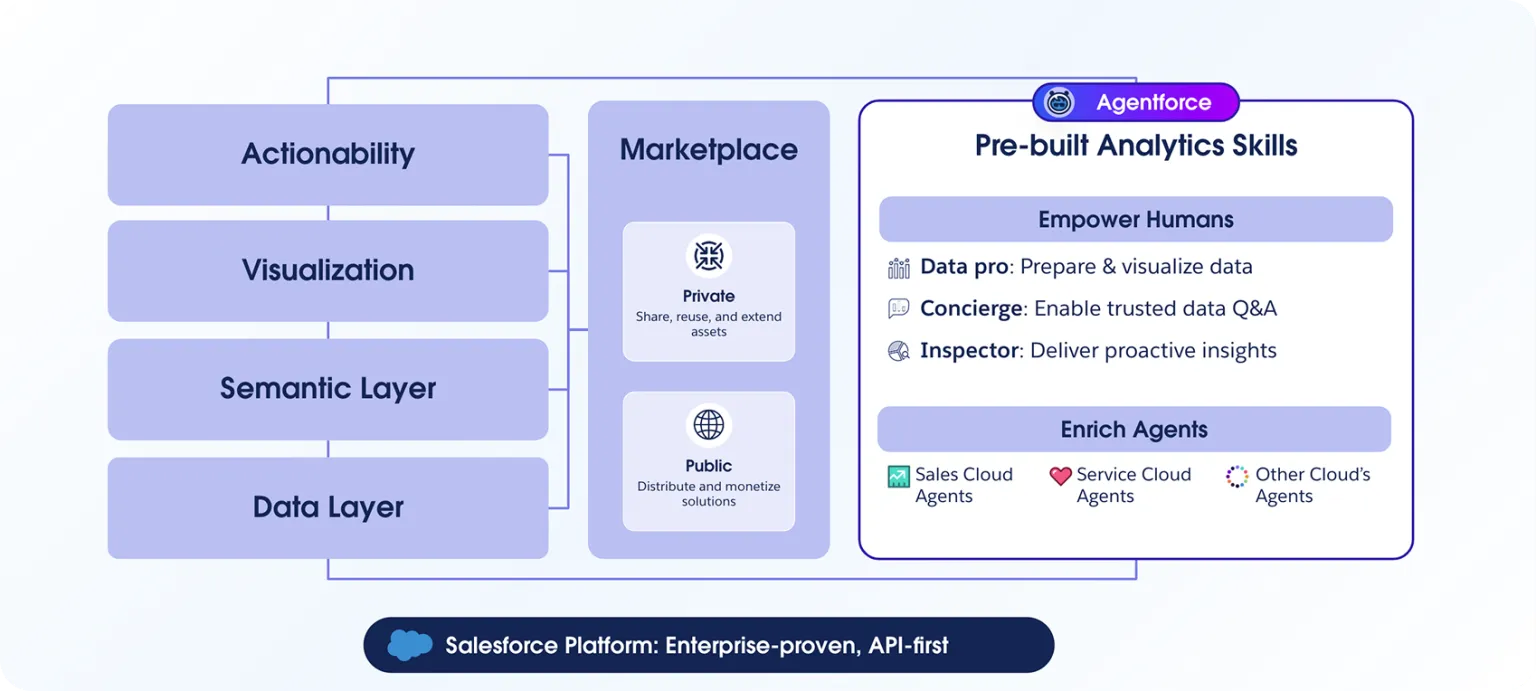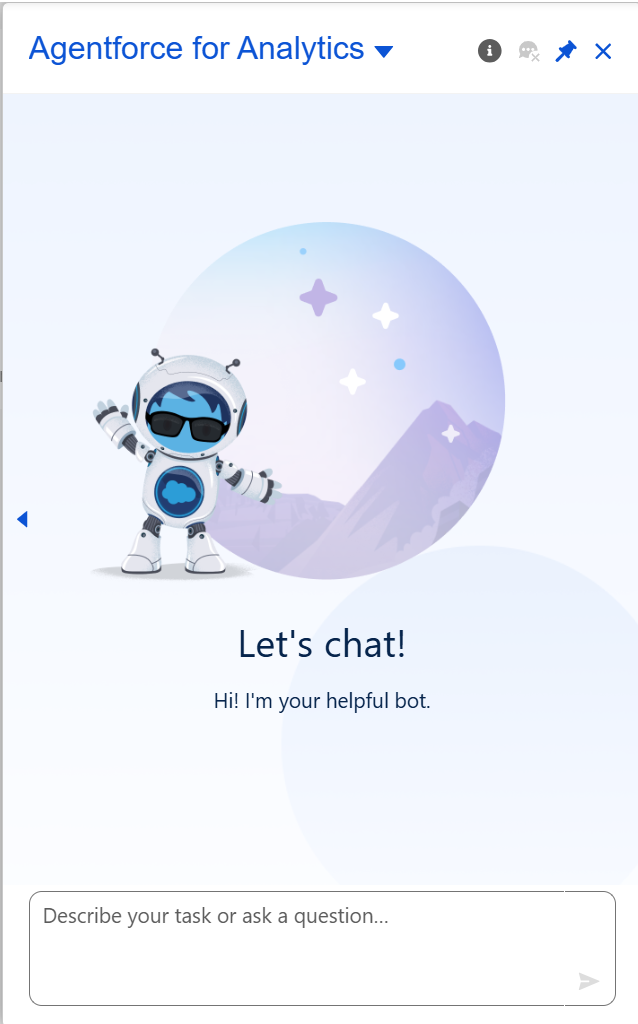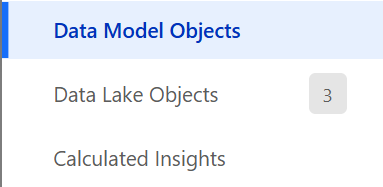Tableau is growing.
It’s evolved from drag-and-drop dashboards into a deeply integrated intelligence platform. With today’s data spread across cloud lakes, apps, and silos—and AI expectations rising—users need more than charts. They need insights, fast.
Enter Tableau Next: A reimagined, AI-ready, collaboration-first analytics platform. It's more than just Tableau with a facelift. It’s a whole new way of thinking about business intelligence.
What Is Tableau Next?

At its core, Tableau Next is a workflow-driven analytics platform, designed to guide data from raw ingestion all the way to action. It lives on the Salesforce platform, integrates with Data Cloud, and is powered by Tableau Semantics—an AI-aware semantic layer that turns technical data into business-friendly meaning.
With Tableau Next, you get:
- A unified data layer and semantic model
- Prebuilt analytics and visualisation templates
- Natural language–powered agents
- End-to-end governance and reuse
It’s built API-first, collaboration-friendly, and with composable architecture that allows both humans and machines to engage with data meaningfully.
What’s Tableau Next Trying to Solve?
BI today can be a mess:
- Every team builds metrics differently
- Data definitions vary across departments
- AI often returns wrong answers because it doesn’t understand your business logic
Tableau Next solves this by introducing a common semantic foundation. Metrics like “Active Customers” or “Net Retention” are defined once, reused everywhere, and understood by both humans and agents.
No more duplicating logic. No more explaining joins. Just consistent, trusted insights—fast.
Key Benefits of Tableau Next
AI That Understands Your Data

With AgentForce for Analytics, you can ask questions like “What’s driving churn in the North region?” and get smart summaries, visualisations, and recommendations. The difference? It understands your business context, not just keywords.
Consistency Through Semantic Models
📸 Suggested Visual: A semantic model in Tableau Next showing relationships and business terms
Built on Tableau Semantics, these models map raw data to human terms—so instead of referencing customer_id, you ask about “Customers.” Semantic Models can:
- Be reused across dashboards, agents, and workspaces
- Include relationships, calculated fields, and joins
- Translate natural language questions into structured queries
Reuse and Collaboration in Workspaces
Workspaces are structured environments where you can explore, build, and share analytics. Reference semantic models, clone dashboards, or drop in new data—all while keeping a single source of truth.
- Reuse assets from other teams
- Keep changes isolated with cloning
- Collaborate in Slack with live metric sharing
Faster Insights with Prebuilt Analytics
Prebuilt analytics and visualisation templates help AI agents (and humans) generate insights faster. Follow metrics, set goals, and get AI summaries of what’s changing—all with just a few clicks.
🔒 Enterprise-Ready, API-First
- Built on the Salesforce platform for scale and security
- Use your own Data Lake or Semantic Layer via connectors
- Supports zero-copy data, streaming ingestion, and more
What’s Under the Hood? Semantic Layers & Objects Explained

In Tableau Next, your data pipeline can include:
| Object Type | What It Is |
|---|---|
| Data Model Object (DMO) | Raw data tables, cleaned and structured |
| Data Lake Object (DLO) | Large-scale tables in Data Cloud |
| Calculated Insights (CI) | Logic built in Data Cloud from existing data |
| Semantic Model | Combines all of the above into a governed, AI-ready layer |
You can customise Semantic Models, create logical views to define joins, and add calculated fields manually—or let AI suggest them.
Agentforce vs Agentforce Analytics: What's the Difference?
- Agentforce: The overall AI engine across Salesforce
- Agentforce for Analytics: A specialised implementation in Tableau Next that focuses on exploring data and generating visual summaries
Getting Started with Tableau Next
To try it yourself, the Tableau+ offering is the best starting point. It includes many of Tableau Next’s components today.
Set Up Checklist:
- Enable Tableau Next
- Set up Data Cloud & Semantic Models
- Assign permissions
- Optional: Enable AgentForce, Einstein GenAI, and Slack integration
What’s Next for Tableau Next?
This is just the beginning. In the future, expect:
- More natural conversations with agents
- Smarter metric suggestions
- Seamless Slack & productivity app integration
- External semantic model support (e.g., dbt, LookML)
- Agent-curated dashboards and proactive alerts
Final Thoughts
Tableau Next is a shift in how we think about analytics.
It’s no longer just about showing the data—it’s about understanding it, trusting it, and acting on it with the help of intelligent agents and shared business logic.
Start with a semantic model.
Ask a question in AgentForce.
Let Tableau Next handle the rest.
